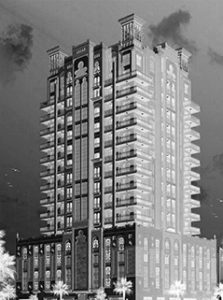Information About Mashrabiya Design Cutting

Mashrabiya design cutting is a centuries-old architectural art form originating in the Middle East, particularly prominent in Islamic architecture. Known for its intricate patterns, mashrabiya design cutting combines functionality with elegance, creating a captivating interplay of light, shadow, and geometric motifs. Exploring the techniques and aesthetics of mashrabiya design cutting reveals a rich tradition that continues to inspire contemporary architects and designers.
Historical roots and cultural significance:
Mashrabiya, derived from the Arabic word “شربية,” originally referred to a type of projecting oriel window with wooden lattice screens. Over time, this term expanded to encompass the intricate lattice patterns themselves. Historically, mashrabiya served multiple purposes: providing privacy, cooling the interiors, and acting as an artistic expression of Islamic craftsmanship. The designs often featured geometric patterns, floral motifs, and calligraphy, reflecting the rich cultural and artistic heritage of the region.
Geometry and symmetry in design:
At the core of mashrabiya design cutting is a meticulous attention to geometry and symmetry. The patterns are carefully crafted to create a harmonious balance, with repeated geometric shapes forming intricate lattices. These designs are aesthetically pleasing and also hold cultural and spiritual significance, often embodying Islamic principles of order, unity, and balance.
Traditional woodworking techniques:
Crafting mashrabiya involves a combination of traditional woodworking techniques and precise handcraftsmanship. Skilled artisans use chisels, saws, and other hand tools to carefully carve the intricate patterns into wood panels. The level of detail requires a high degree of precision, patience, and mastery of the craft. The result is a functional work of art that transforms architecture into an elegant tapestry of light and shadow.
Adaptation in modern architecture and design:
While mashrabiya design cutting has deep roots in traditional architecture, it continues to evolve and find new expressions in contemporary design. Architects worldwide are incorporating mashrabiya-inspired elements into modern buildings, interior spaces, and furniture. The fusion of ancient techniques with contemporary aesthetics pays homage to tradition and also adds a timeless elegance to modern structures.
Play of light and shadow:
One of the most enchanting aspects of mashrabiya design cutting is its ability to create a mesmerizing play of light and shadow. As sunlight filters through the intricate patterns, it casts captivating shadows, transforming interiors and exteriors alike. This interplay adds a vibrant and poetic dimension to spaces, enhancing their visual appeal and creating a serene ambiance.




